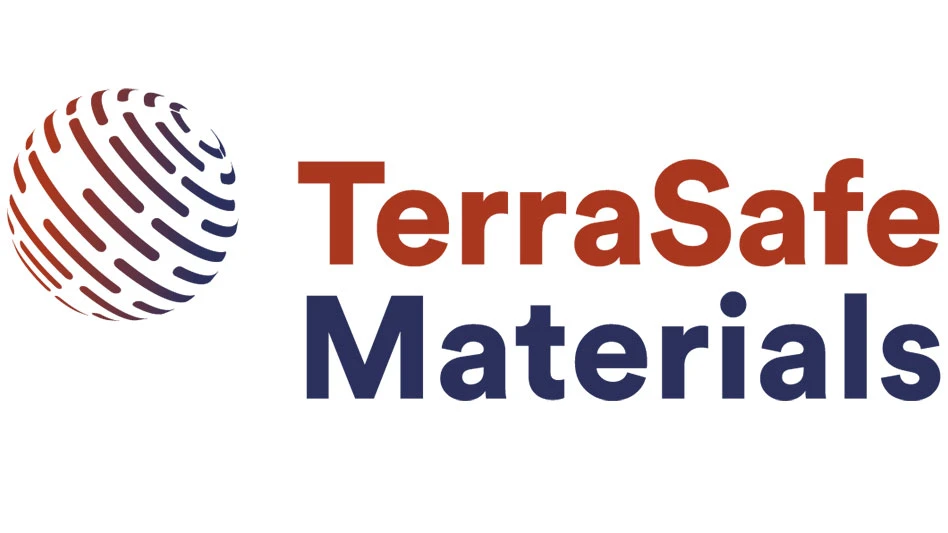Over the course of 2015, London Metal Exchange (LME) prices per metric ton of copper, aluminum and nickel were on a downward slide, with the price of nickel dropping most significantly, having lost almost 35 percent of its value between January and November.
LME prices for copper declined by about 17 percent over the same period, while aluminum prices, seemingly the most stable of the three, have fallen by about 13 percent during the first 11 months of the year.
A major factor affecting the current weakness of nonferrous scrap markets, recyclers say, continues to be the questionable economic health of China, with its economy on track to grow at a rate of between 6 percent and 7 percent in 2015, far less than boom-time rates of twice that level.
Another factor recyclers and other entities cite is the level of aluminum production in China, which they say has been threatening U.S. producers and the scrap industry as well for months.
That oversupply has been driving a dramatic increase of imported Chinese aluminum into the United States. Figures from the Aluminum Association, Arlington, Virginia, indicate U.S. imports of semifabricated aluminum products from China grew 115 percent from 2012 through 2014. The association says the trend continued in 2015.
The excess of semifabricated aluminum also has affected export demand for scrap, says David Chiao of Atlanta-based Uni-All Group Ltd. and president of the Bureau of International Recycling (BIR) Nonferrous Division.
Additionally, Chiao says, for the past year or so, aluminum consumers in China have increasingly used cheaper primary aluminum ingot rather than more expensive aluminum scrap from the United States to produce aluminum.
These days, he says some U.S. consumers may be doing the same.
Moreover, Chiao says the U.S. dollar’s continued strength has attracted metal imports and blunted scrap exports, particularly to Asia.
Conditions in the copper scrap sector also leave much to be desired, Chiao says, with low demand from Chinese consumers and generation down as well.
While Chiao points out consumers in India have been a source of demand for some aluminum, stainless steel and yellow brass scrap, they are not demanding the wide spectrum of products that Chinese consumers sought in years past.
Still, domestic demand for prime and secondary grades of aluminum scrap is described as stable by one Midwest-based recycler. He says U.S. mills continue to buy for December and January production amid a pervading shortage of aluminum scrap.
“I don’t think there’s a lot of scrap out there, so supply and demand are pretty well lined up now,” he says. Even with prices down, spreads have remained stable, the recycler adds.
“In general, the lack of supply is lower than previous years across all nonferrous and ferrous items this year, and you’re seeing it get worse as we approach the end of the year,” he says.
“If we do have a big dip in volumes because of the weather or for any other reason,” the recycler continues, “many will find it hard to get the scrap they need.”
Get curated news on YOUR industry.
Enter your email to receive our newsletters.
Latest from Recycling Today
- Cascades to close packaging site in Niagara Falls, New York
- The Glass Recycling Foundation awards $137K in grants
- Goodwill Industries of Ontario Great Lakes and Rotogran International announce collaboration
- Textile Recycling Expo USA launches in Charlotte, North Carolina
- SSAB trials using crumb rubber from scrap tires in steelmaking
- EGA Spectro Alloys begins aluminum billet production
- Tariff on copper could be looming
- Lefort Trax 1375 model on the job in Indiana







